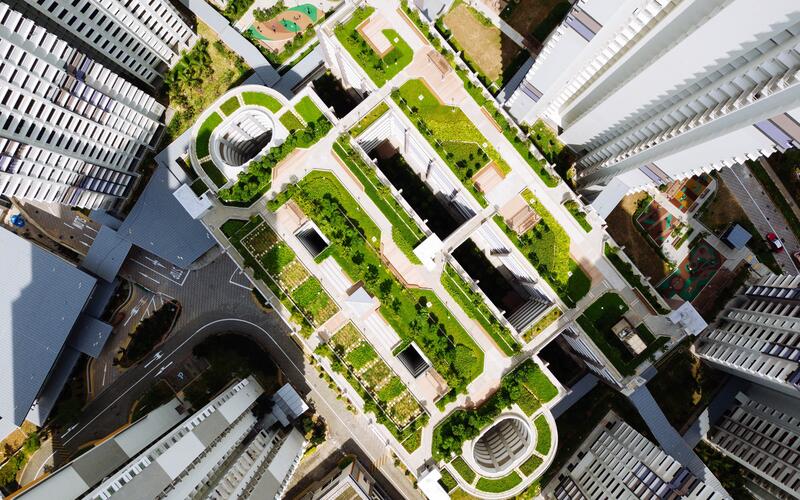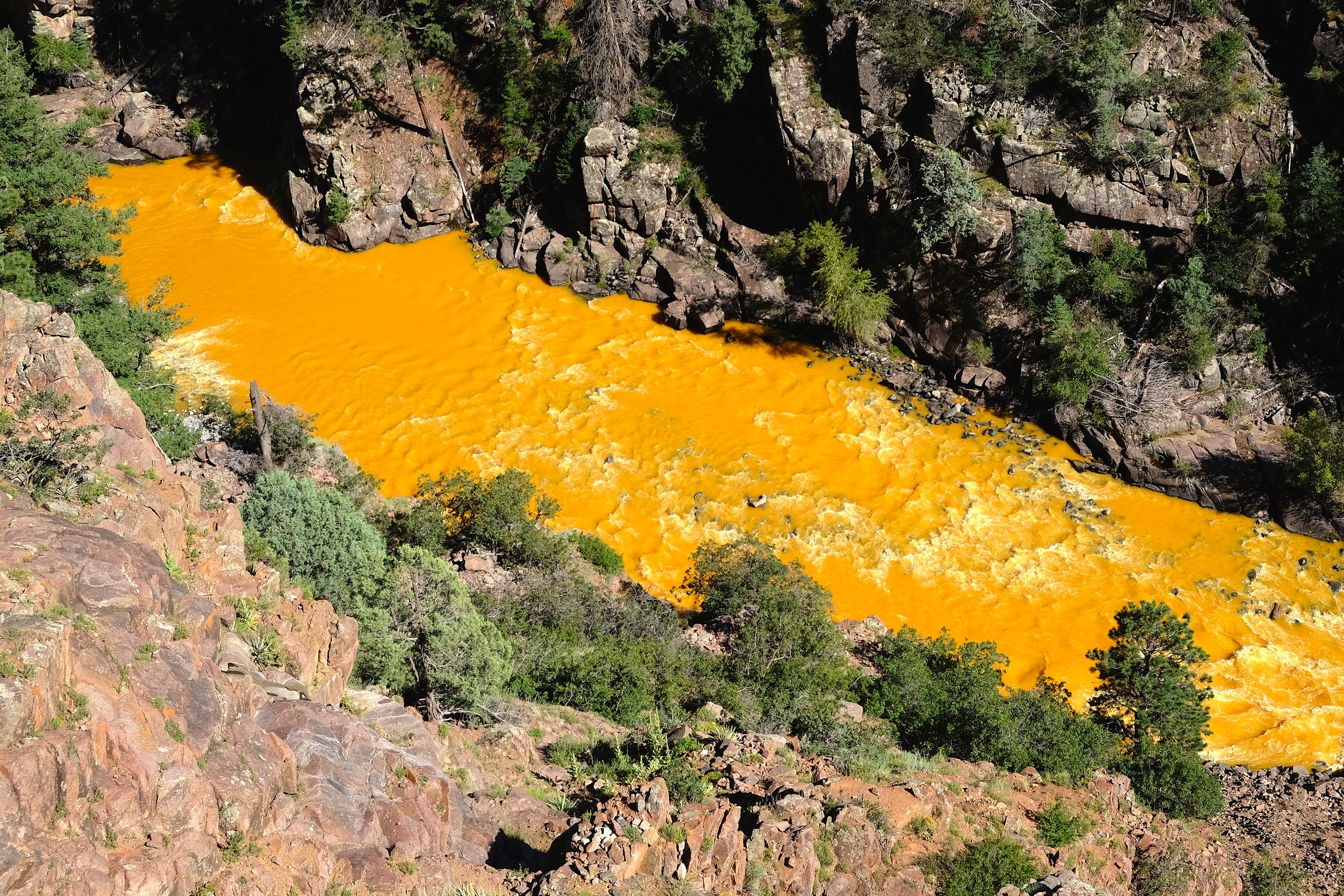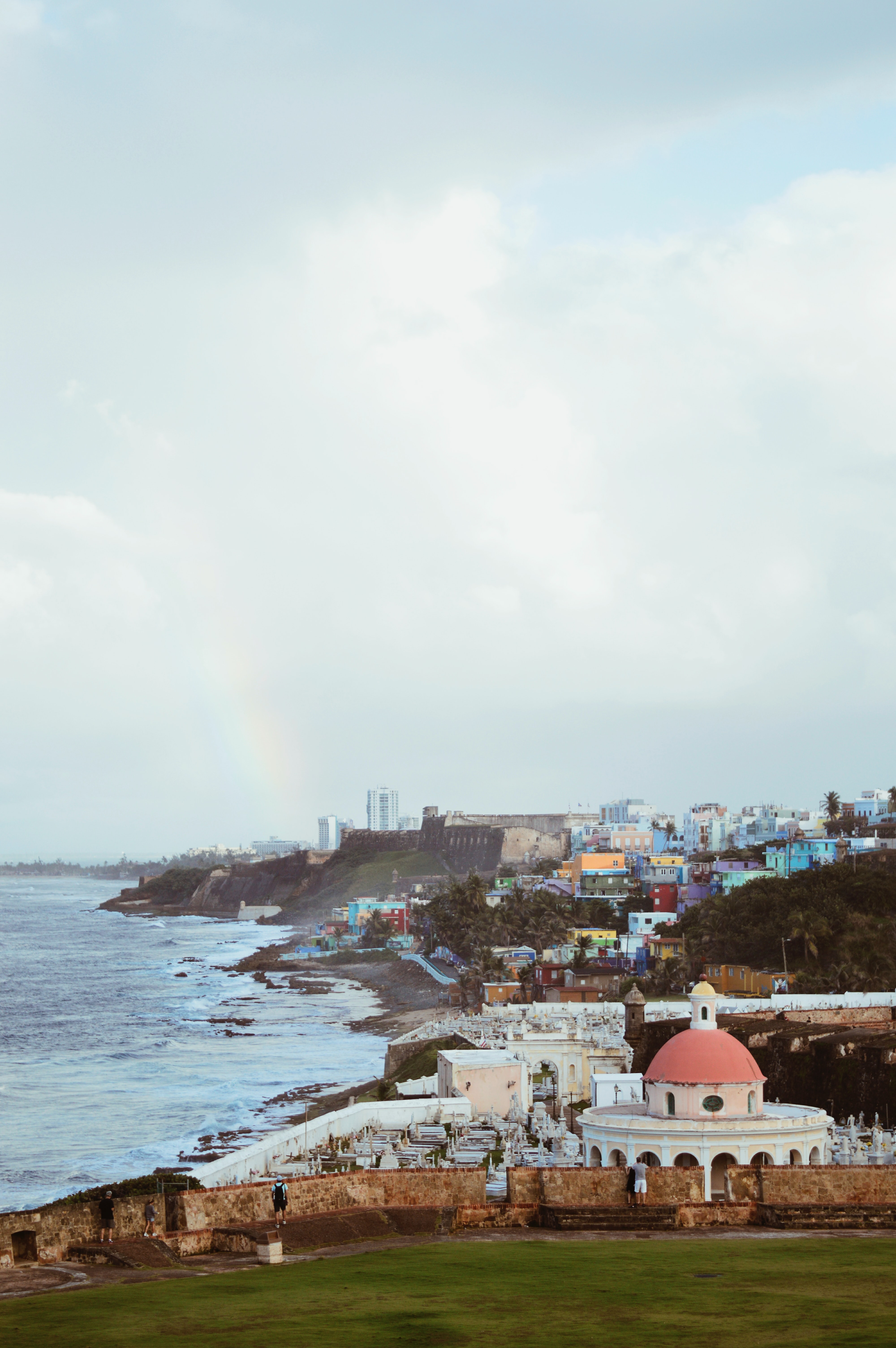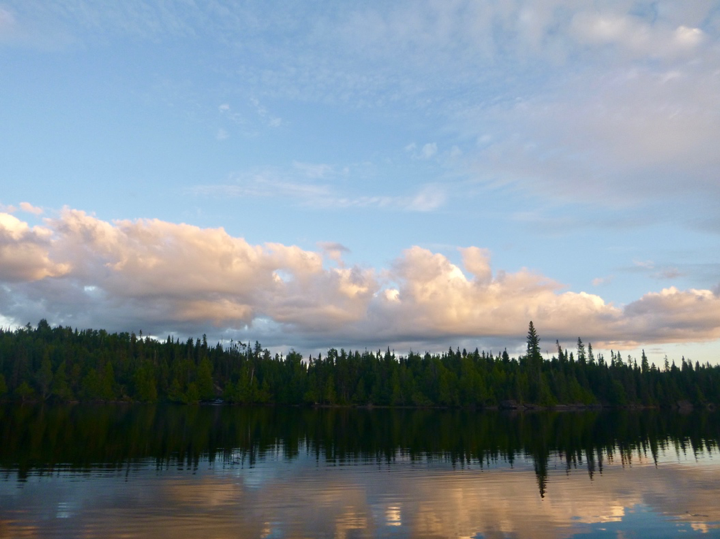Exploring the urban ecosystem: A dialogue with Dr. Timon McPhearson on past, present, and future trends

Exploring the urban ecosystem: A dialogue with Dr. Timon McPhearson on past, present, and future trends
Urban ecology is a relatively new field that envisions cities as ecosystems. Dr. Timon McPhearson, a Professor in Urban Ecology at The New School, shares his research and experiences as Director of the Urban Systems Lab, a research institute focused on urban adaptation.
In a world of increased construction of the built environment, urban ecology has emerged as a division of science dedicated to studying the impact of human-nature interactions in these spaces. Dr. Timon McPhearson, a Professor of Urban Ecology at The New School, defines urban ecology as a broad, expanding field that centers cities as their ecosystems. McPhearson received his B.S. degree in 1997, studying Environmental Biology at Taylor University. He then pursued a Ph.D. in Ecology, Evolution, and Natural Resources, graduating from Rutgers University in 2004. McPhearson is also a lead member of the urban systems chapter within the Intergovernmental Panel on Climate Change (IPCC) report. For McPhearson, it is urgent to develop urban ecology as a field. Given the far-ranging impacts of urban development, from climate change to human migration, a new scientific field helps investigate common threads.
While entering academia in the biological sciences, McPhearson took a position after graduate school at the American Natural History Museum in New York City. This position allowed McPhearson to think more about addressing current environmental issues in urban areas, such as increased temperature. Along with being a professor, McPhearson is the Director of the Urban Systems Lab. The Urban Systems Lab (USL) is a research institute attached to The New School, founded in 2015. From its origins, the USL has acted as a significant research hub within New York City, working to advance climate risk adaptation strategies. Location is critical to understanding and advancing urban adaptation. For example, New York City has historically focused on analyzing sea level rise and coastal flood risk. Still, recent research has directed attention to the impacts of increased precipitation (e.g., subway flooding). While housed in New York City, USL also maintains an international portfolio for urban ecology research of 20 cities worldwide.
A large project the USL works on is the New York City Panel on Climate Change (NPCC) report. Delivering reports since 2009, the NPCC consists of a body of researchers that helps to synthesize scientific information to inform city climate policy. McPhearson notes that New York City is required by law to use the NPCC report when planning and implementing new climate adaptations. While research can often be theoretical, on this project specifically, the USL has clear, actionable outcomes that will be integrated into policy.
As urbanization expands, so does urban ecology: McPhearson notes that the field is steadily growing to interact with more and more disciplines. The area already consists of architecture, economics, biological sciences, engineering, and even political professionals. McPhearson emphasizes that future shifts in urban ecology will stem from expanding the interdisciplinary footprint and the need to solve future, unknown problems. According to McPhearson, “You can engage in urban ecology from any background,” he encourages involvement in an inclusive, interdisciplinary field that develops in response to urbanization.
Follow this link to explore the work of the Urban Systems Lab: https://urbansystemslab.com/




